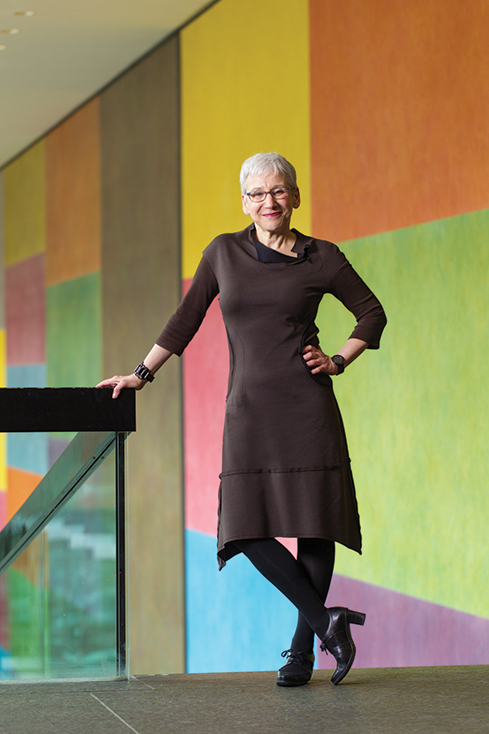 Fall 2013
Fall 2013|
‘‘[The curators] have shown us, quite literally, that visual, intellectual, and emotional pleasure are central to art, as well as life."
- Lynn Zelevansky
The Henry J. Heinz II Director Carnegie Museum of Art
|
The Carnegie International is one of the world’s two longest-running surveys of contemporary art. Ongoing for 117 years, it’s the program for which the art museum is best known nationally and abroad. Andrew Carnegie inaugurated the exhibition in 1896 with the idea that his art gallery (now the museum) would build its collection by purchasing works out of the show, which we continue to do today. While survey exhibitions have proliferated globally since the end of World War II, the International remains the only one produced by a museum and the only one that has helped build a collection. If the collection is the measure of a museum, as I believe it is, then the International has been crucial to the construction of the institution itself. To underscore our unique history, early on in the planning of the 2013 show we decided to bring the experience and history of the museum and its city into conversation with the contemporary art world. The 2013 Carnegie International is the most global that we’ve yet produced, with work from North and South America, Western and Central Europe, Africa, and the Middle and Far East. The show’s engagement with Pittsburgh includes an apartment in the city’s Lawrenceville neighborhood that, since 2011, has hosted talks, slideshows, film screenings, and pizza dinners integrating Pittsburgh’s art community with visitors to the museum from around the world. This International also features artists’ projects that engage the communities of Braddock, Homestead, and Wilkinsburg. And, for the first time, our permanent collection of modern and contemporary art will remain on view during the exhibition, highlighting acquisitions from past Internationals—the very best way to gauge the impact of the International on our holdings. I am very grateful to Daniel Baumann, Dan Byers, and Tina Kukielski for producing such a rich and surprising exhibition. Through their many engagements with the public, they gave us insights into their thinking about the exhibition as they were forming it. And they have shown us, quite literally, that visual, intellectual, and emotional pleasure are central to art, as well as life. In April, they inaugurated the Lozziwurm, a play sculpture in front of the museum that underscores the importance of play in the creative act—a theme of the exhibition. They also mounted a history of playgrounds in the Heinz Architectural Center that opened in time for our summer camps; in October, the presentation will be augmented by art and architecture on that subject as part of the International. This year’s International also explores the theme of dissonance— life is not all play—and notions of social engagement. It brings to Pittsburgh the work of a number of activist artists bent on changing the world. For me, the opening of the International marks the culmination of my first four years at Carnegie Museum of Art. I can’t think of a better way to celebrate. Lynn Zelevansky |
2013 Carnegie International · Artist as Activist · History Redux · Artists In Their Own Words · Frozen In Time · The Stand-In · NewsWorthy · Face Time: Lauren Talotta · Science & Nature: Cultural Craftsman · About Town: Wild by Design · The Big Picture
 |
Copyright © 2017 CARNEGIE Magazine. All rights reserved. |

